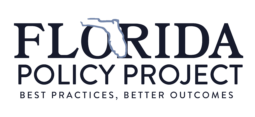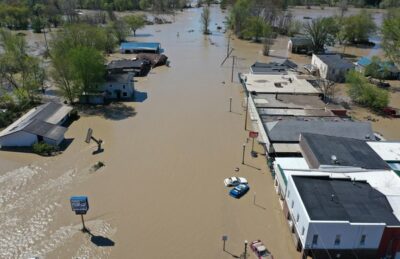Flood insurance is a vital element of household and community resilience. It provides funding to pay the costs of repair and rebuilding without the need to draw down savings, divert consumption, take on debt, or rely on often insufficient and delayed assistance from the federal government. Yet, many households at risk of flooding remain uninsured. For example, less than 25% of the buildings inundated by Hurricanes Harvey, Sandy, and Irma had flood coverage.
FEMA has developed a moonshot goal of doubling the number structures with flood insurance in the United States by 2022. These policies have the possibility to contribute meaningfully to that goal. All, however, would require further refinement and development. We discuss the basic policy design of each proposal, as well as the challenges that would need to be addressed before implementation.

